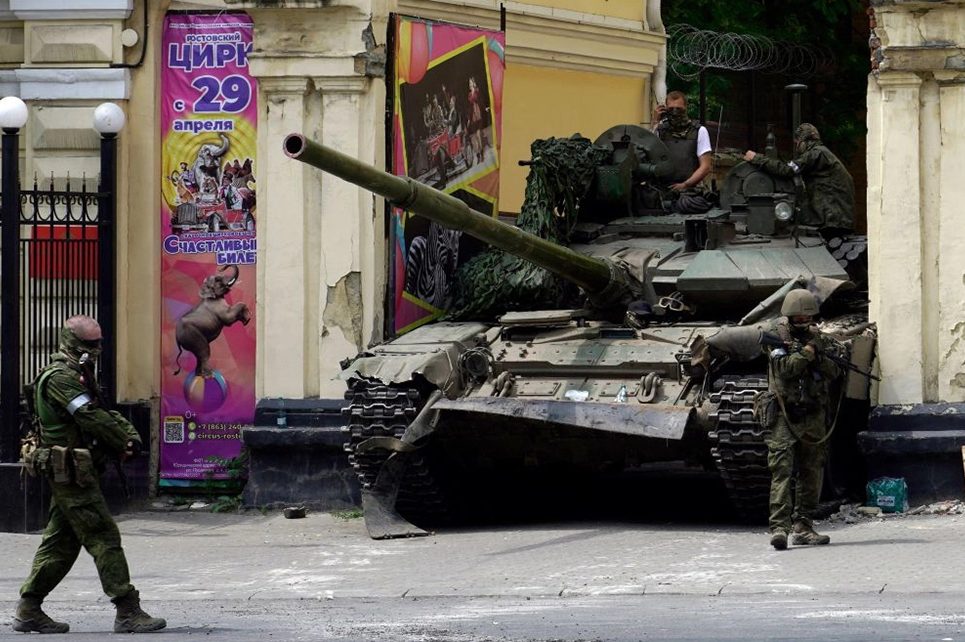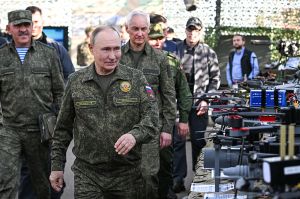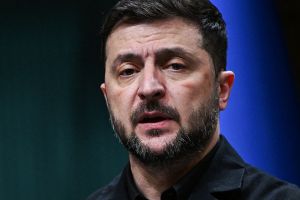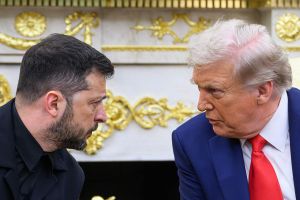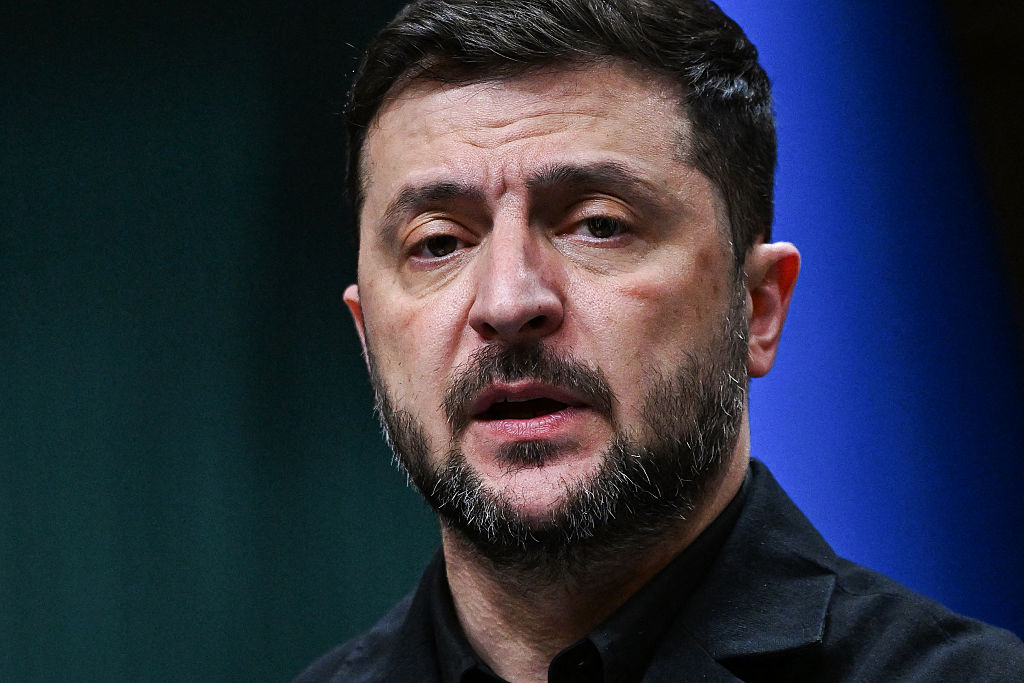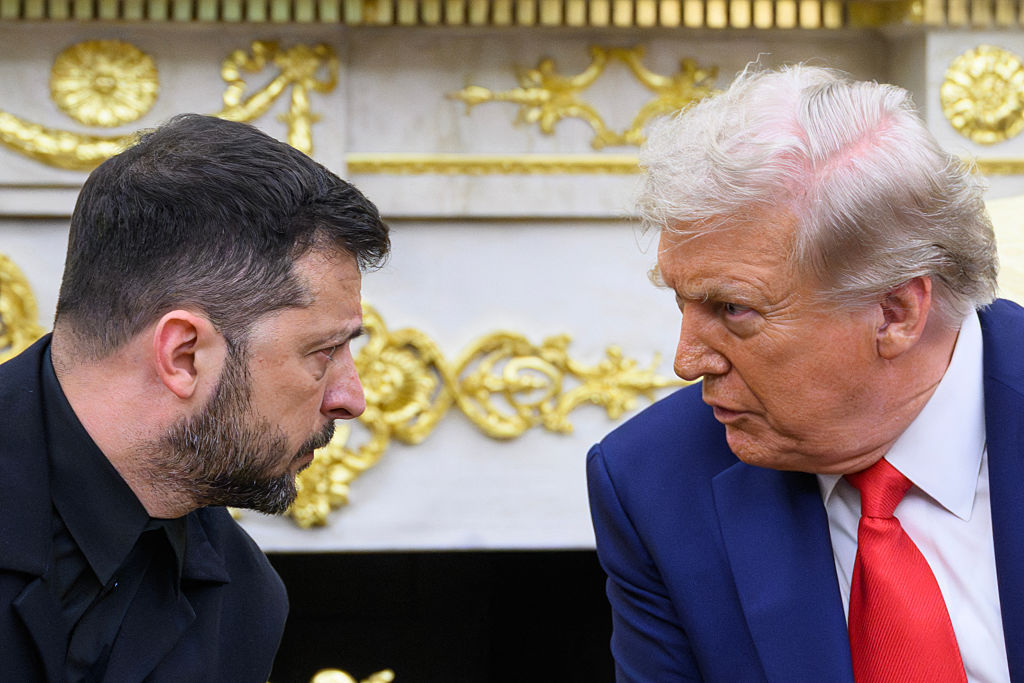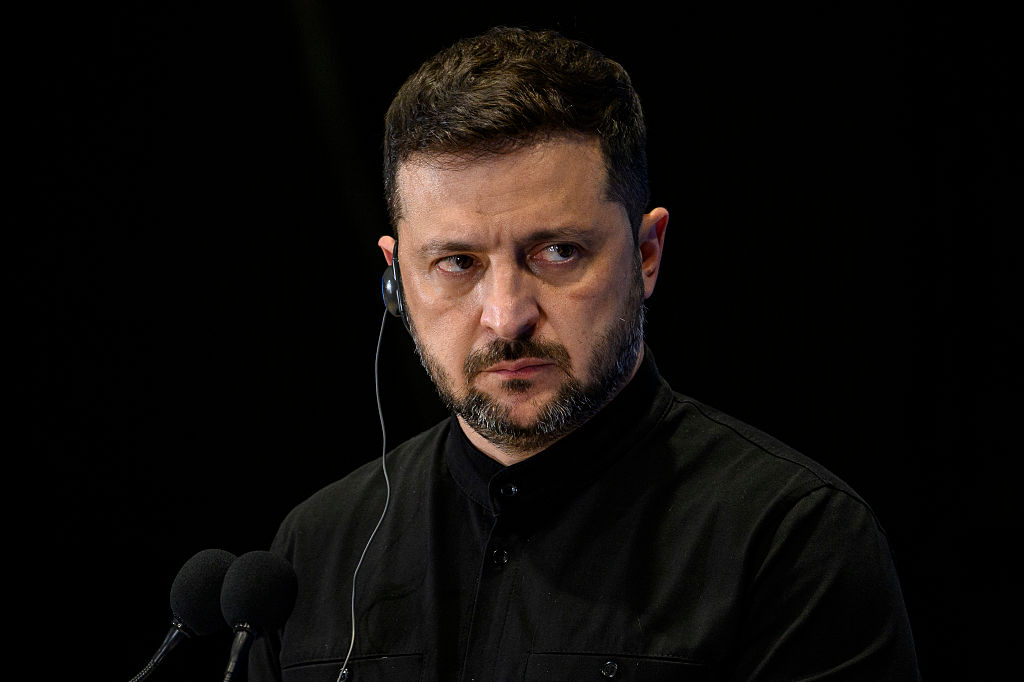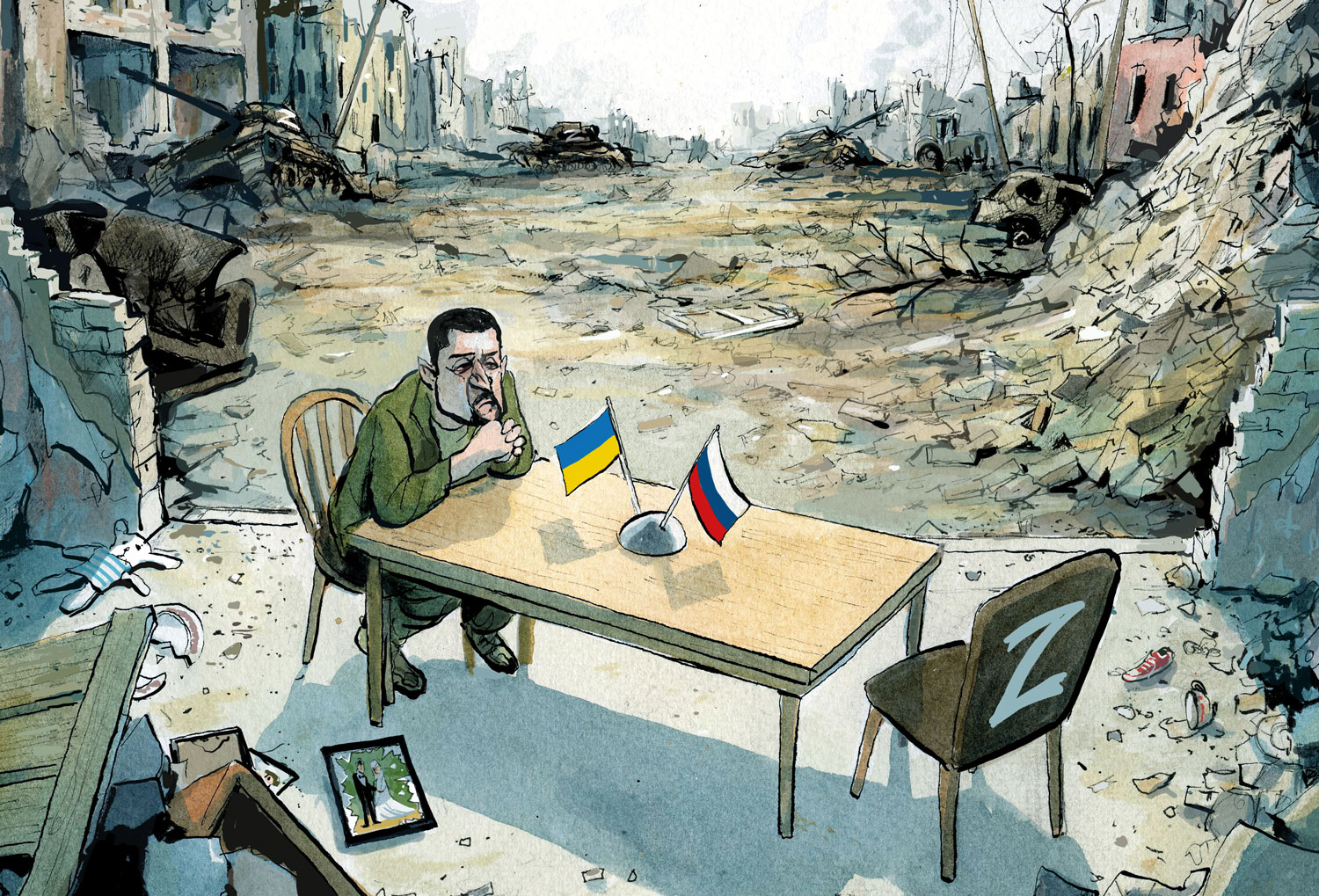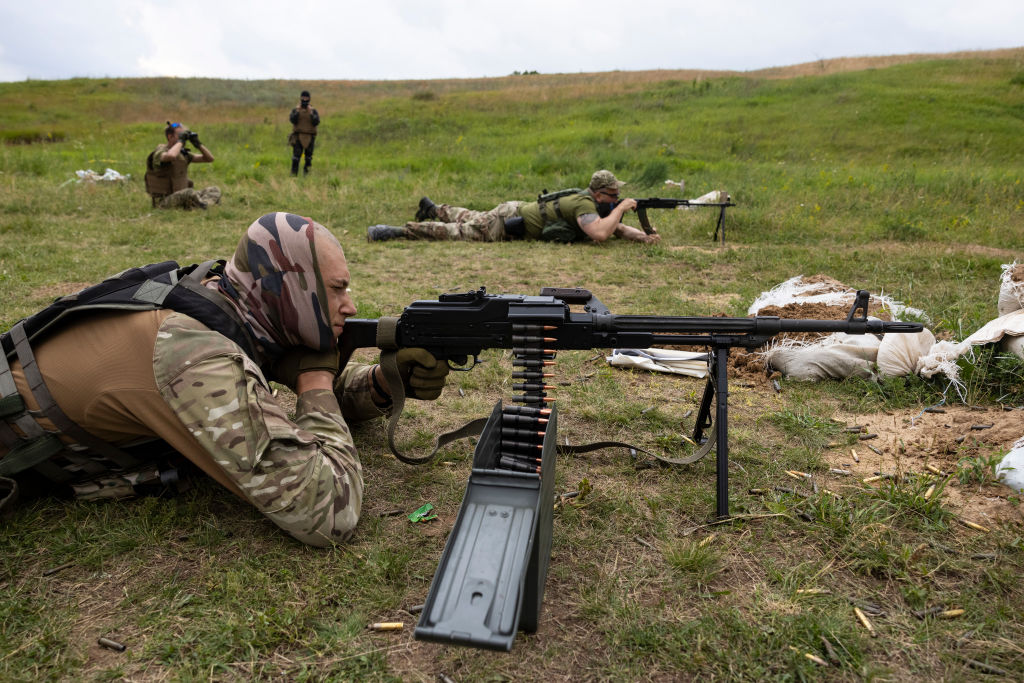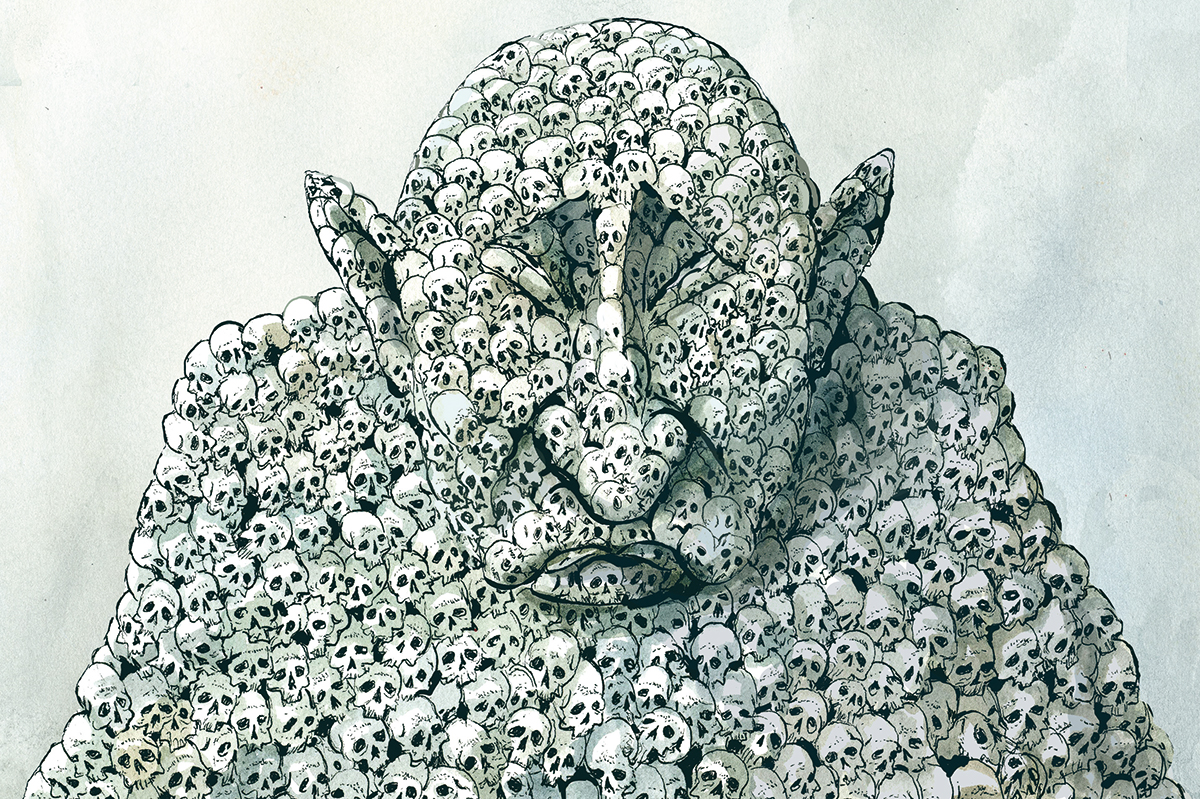Allowing a psychopath to form a private army of violent criminals may not, on reflection, have been Vladimir Putin’s greatest idea. But Yevgeny Prigozhin’s mutinous Wagner Group is by no means the only private army operating in Russia. Over the past couple of months no fewer than five armies have been fighting on Russian soil. Only one of them, the official Armed Forces of the Russian Federation, is directly subordinate to the Kremlin.
The 12,000-strong semi-irregular forces of Chechen president Ramzan Kadyrov, officially known as the 141st Special Motorized Regiment but more famous as the “Kadyrovsty,” are effectively the Praetorian Guard of a regional leader. The 25,000-strong Wagner Group have shown themselves ready and willing to follow their leader into open rebellion. And on the other side, two Ukraine-backed groups of insurgent Russian citizens known as the Freedom of Russia Legion (FRL) and the Russian Volunteer Corps (RVC) have taken and held villages in Russia’s Belgorod Province in a series of cross-border incursions.
But the list does not end there. Gazprom, the state-owned energy corporation, has also formed no fewer than five private armies known as Fakel (Torch), Potok (Torrent), Plamya (Flame), Alexander Nevsky and Redut (Redoubt). Independent investigative site Gulagu.net and the Molfar open-source intelligence group have alleged that several Kremlin-connected billionaires, including the railway rolling stock magnate Andrei Bokarev, the international oil trader Gennadiy Timchenko and the metals billionaire Oleg Deripaska, have been involved in financing private military companies (PMCs). (Deripaska denies any connection to the Kremlin and says he has never supported or financed any PMCs.) Even Russia’s defense minister Sergei Shoigu founded a smaller PMC named Patriot in 2018 which is currently fighting in Ukraine.
In Crimea, the Russian-installed local leader Sergey Aksyonov runs a military group called Convoy. Orthodox nationalist media oligarch Konstantin Malofeev and his former employee Alexander Borodai (later leader of the self-proclaimed Donetsk People’s Republic) have been active in building up the Combat Army Reserve of the Country (BARS), a force of salaried irregular fighters based in the Donbas and South Russia. Borodai also heads the Union of Donbas Volunteers which has been fighting in Avdiivka and Vuhledar in the Donetsk region.
Some of these private armies have existed since before the invasion of Ukraine. Wagner was formed in 2014 by former FSB Special Forces Lieutenant-Colonel Dmitry Utkin in order to provide a deniable fighting force for the Kremlin as it fomented an uprising in Ukraine’s Donetsk region. Others have their roots in corporate security companies protecting oil installations. PMC Redut, for instance, was founded as a security force for infrastructure projects in Syria run by Stroytransgaz, an oil company.
But the majority of Russia’s private armies have sprung up since the beginning of the war. Early this year, for example, the Russian prime minister Mikhail Mishustin gave permission to Gazpromneft, a subsidiary of Gazprom, to form a private security organization. Originally known as Gazpromneft Security and based in Omsk, the outfit became the foundation of PMC Potok. Potok soldiers were filmed in April fighting on the Wagner Group’s flanks in Bakhmut.
The structure and leadership of these semi-private forces remains murky, but all are funded and supplied by the Russian military. Indeed, Putin in a speech last week confirmed that between May last year and May this year the Wagner Group had received over 86 billion rubles (about $1 billion) in state funding. The Kadyrovtsy are also notionally part of Russia’s National Guard and are on the Kremlin’s payroll, not Kadyrov’s.
Why has the Kremlin allowed this proliferation of non-official military forces? To address an acute manpower shortage on the front lines, and the political danger of repeating the forced mobilization of reservists in September, which prompted hundreds of thousands of military-age men to flee Russia. The Kremlin is ready to take men wherever it can find them, whether recruited from Russian prisons by the Wagner Group or Force-Z (the Russian army’s own special unit for convicts), or from among the populations of company towns run by Gazprom or other major state-affiliated corporations. PMC pay can run to $3,000 a month — an attractive offer in a country where the average wage in the provinces is well under $750.
Forces such as Gazprom’s Plamya, Potok and Fakel are not under the direct command of their parent company; they train at state military bases, use state military equipment and are run by state-linked businessmen. In return for recruiting soldiers, the units’ owners take a cut of the state’s funding. More importantly, they can gain favor from Putin himself for their loyalty. Plus, of course, a group of heavily armed men comes in handy when the time comes to divide up valuable real estate and enterprises in occupied Ukraine. The Wagner Group is reported to have taken partial control of the salt mines of Soledar, while the Kadyrovtsy last year stole thousands of tons of grain and quantities of John Deere agricultural equipment which they sold in southern Russia.
The Kremlin seemed to have understood the dangers of a state losing its grip on its monopoly of armed force even before the Wagner mutiny. Ten days before Prigozhin marched on Moscow, Putin confirmed that Wagner and all other private military forces should sign contracts with the Russian army. When Wagner’s revolt began, it was Putin himself who invoked the specter of 1917, when military mutiny tipped into civil war. It was the revolt of the popular general Lavr Kornilov in 1917 that fatally weakened the authority of Russia’s provisional government. Prigozhin’s revolt was not, unlike Kornilov’s, an attempt to overthrow the state but rather a fight for the survival of the Wagner Group. Nonetheless, the fact that Wagner troops entered the city of Rostov unopposed demonstrated that Putin cannot take the army and police for granted.
Putin may try to enforce the loyalty of the dozens of private armies that he has allowed to spring up across his country by making them sign on the dotted line. But as the history of Russia’s civil war shows, the loyalty of armed men is very often to their leaders and not to the czar.
This article was originally published in The Spectator’s UK magazine. Subscribe to the World edition here.



